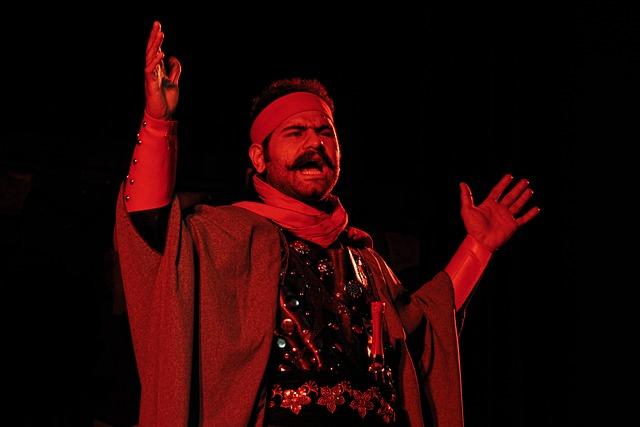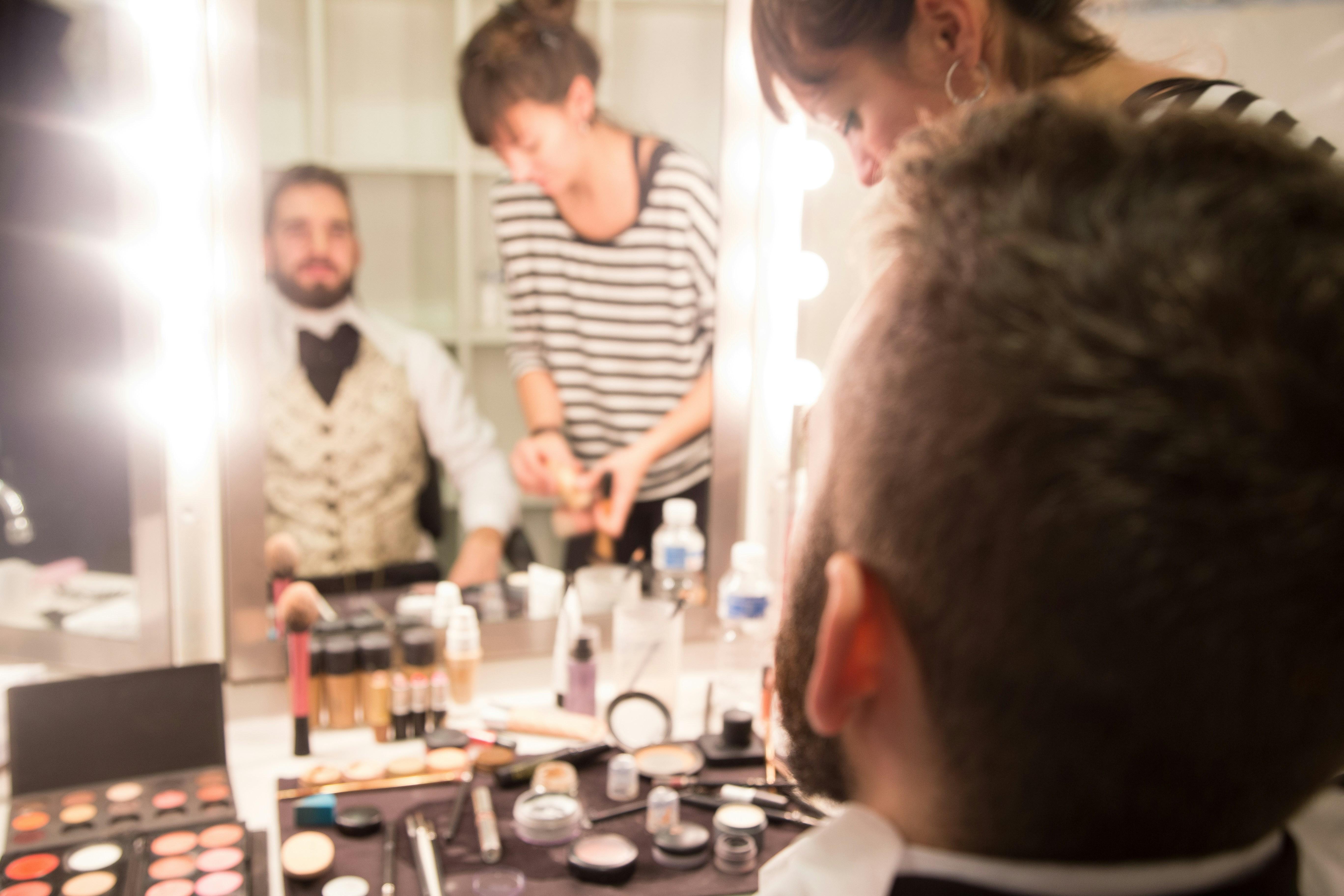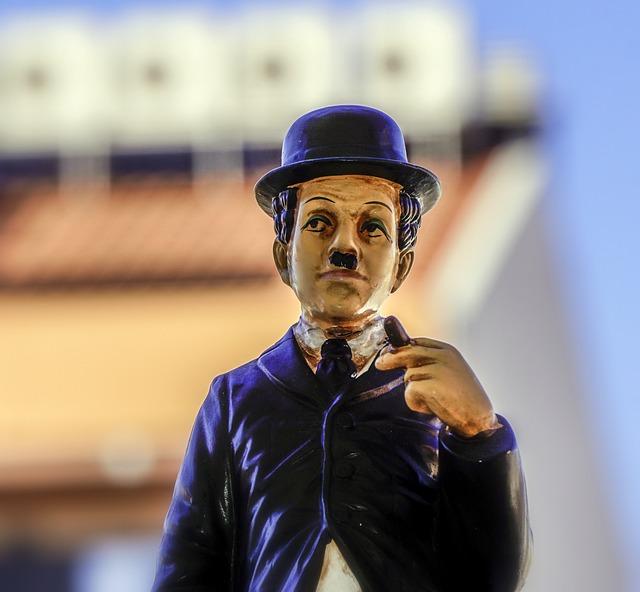In the ever-evolving landscape of filmmaking, where creativity meets collaboration, a perennial question lingers on set: should actors have a say in scene changes while filming? This intriguing debate pits artistic expression against logistical precision, inviting us to explore the delicate balance between a director’s vision and an actor’s intuition. As cameras roll and scripts come to life, the dynamics between cast and crew shape not only the film but also the creative process itself. Join us as we delve into the heart of this cinematic conundrum, examining perspectives from all corners of the industry to uncover whether actors’ voices should echo beyond their lines.
Balancing Creative Input and Directorial Vision
In the collaborative world of filmmaking, the dynamic between actors and directors is crucial. While directors often have a comprehensive vision for the project, actors bring a unique perspective that can enhance the storytelling. Balancing these perspectives requires a delicate approach. Allowing actors to voice opinions on scene changes can lead to a more nuanced and authentic portrayal. However, it’s essential to maintain the integrity of the director’s vision.
- Creative Contribution: Actors can offer insights that directors might not have considered, leading to unexpected moments of brilliance.
- Maintaining Cohesion: Directors need to ensure that any changes align with the overall narrative and visual style.
- Open Dialogue: Encouraging open communication fosters a collaborative environment where both parties feel valued.
Striking a balance between creative input and directorial vision can elevate a film, making it a true collective achievement. By embracing a spirit of collaboration, both actors and directors can work towards creating a more engaging and compelling cinematic experience.

Navigating the Dynamics of On-Set Collaboration
In the bustling environment of a film set, the intricate dance between actors, directors, and crew is a delicate balance of creative visions. Actors bring unique insights into their characters, often seeing nuances that might not be immediately apparent to others. When they voice opinions on scene changes, it can lead to unexpected moments of brilliance. However, it’s crucial to maintain a collaborative spirit, where everyone feels heard without disrupting the workflow.
Key considerations include:
- Communication: Open dialogue between actors and directors fosters a space where ideas can flourish without stepping on toes.
- Respect for Roles: While actors offer valuable perspectives, respecting the director’s vision ensures that the narrative remains cohesive.
- Flexibility: Embracing flexibility can turn potential conflicts into opportunities for innovation.
By acknowledging these dynamics, the creative process becomes a collaborative masterpiece, rather than a tug-of-war of egos.
Empowering Actors Without Disrupting the Process
Balancing creativity and structure on set can be a delicate dance. Allowing actors to voice their opinions on scene changes brings an invaluable perspective that can enhance storytelling. Their deep immersion in characters often provides unique insights that directors and writers might overlook. However, this input must be managed carefully to maintain the workflow and vision of the project.
- Open Communication: Establish clear channels where actors can share their thoughts without derailing the production schedule.
- Collaborative Environment: Encourage a team-oriented approach where all creative voices are heard, fostering a sense of shared ownership.
- Structured Feedback: Implement a system for actors to submit their suggestions, ensuring they are considered thoughtfully but do not disrupt the process.
Integrating actor input effectively can lead to richer performances and more authentic narratives, all while respecting the collaborative nature of filmmaking.

Crafting Guidelines for Constructive Feedback
When actors are given the space to voice their opinions on scene changes, it can lead to a more collaborative and enriched filmmaking process. However, to ensure feedback remains constructive and beneficial, it’s essential to follow certain guidelines. Here are some key points to consider:
- Clarity and Specificity: Actors should articulate their thoughts clearly and specifically, focusing on how changes could enhance the narrative or character development.
- Respect and Professionalism: Feedback should be communicated respectfully, acknowledging the efforts of writers and directors, and avoiding personal criticism.
- Solution-Oriented: Suggestions should be accompanied by potential solutions or alternatives, fostering a problem-solving approach rather than merely highlighting issues.
- Timing: Choosing the right moment to offer feedback is crucial. Ideally, this should be during rehearsals or designated feedback sessions, not in the midst of filming.
- Listening Skills: Actors should also be open to listening to responses and understanding the broader vision of the project, ensuring their suggestions align with the collective goals.
By adhering to these guidelines, actors can contribute positively to the creative process, enhancing the overall quality of the production while maintaining a harmonious working environment.

